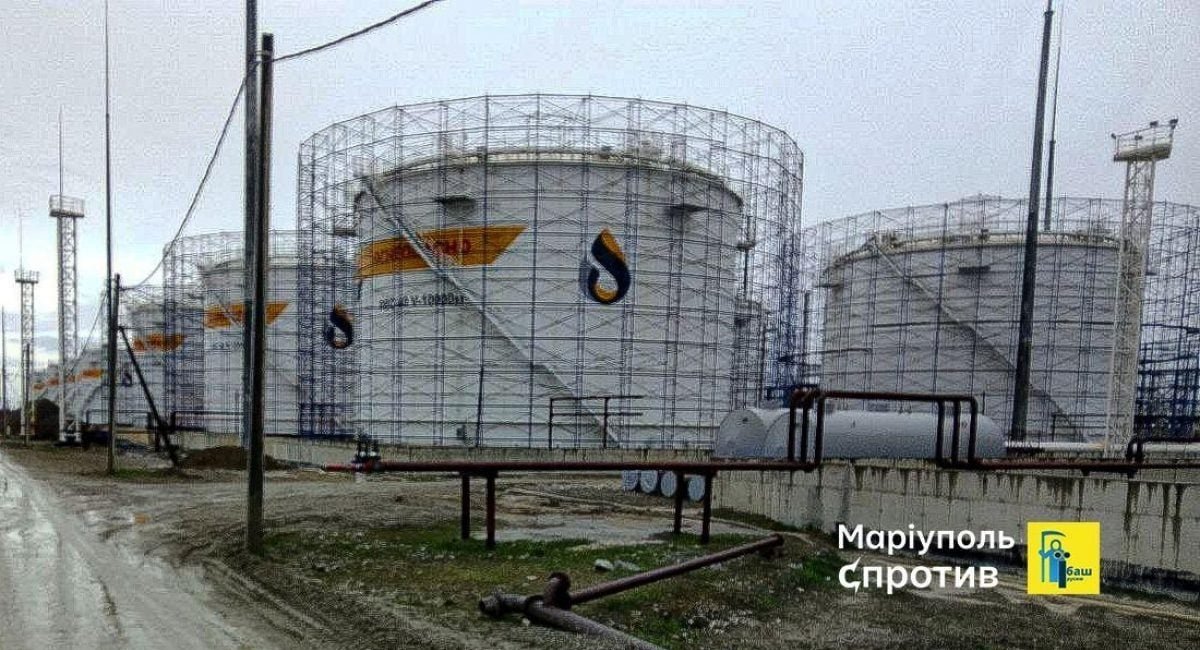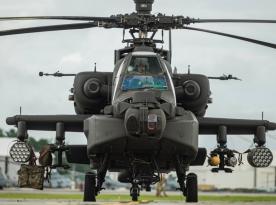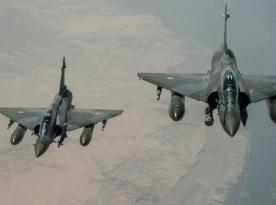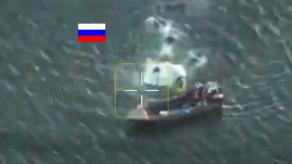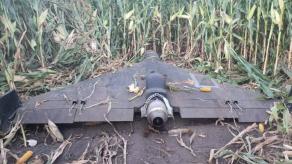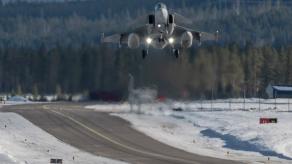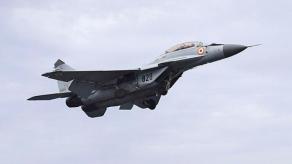Videos periodically appear on social media showing russian refineries draped in nets to blunt strikes by Ukrainian long-range drones. While such protection is no panacea, it can make precision hits more difficult and force attackers to expend more drones per target. Still, Ukraine's Defense Forces continue their campaign of near-daily strikes on russia's refining capacity.
Recently, the russian firm Amast Power Lines disclosed details of its "anti-drone universal support structure" — the KОZ-U-SH, specifically marketed to protect facilities from long-range unmanned strikes.
Read more: Another Long-Range Strike: Ukrainian Liutyi Drones Reach Deep into russia, Hitting Orsk Oil Refinery 1,500 km Away
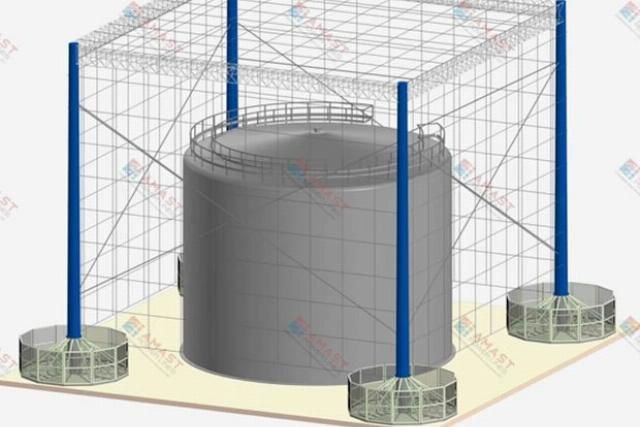
The system consists of vertical cables supporting a gabion-style mesh. Amast says the KОZ-U-SH can be built in varying sizes to cover storage tanks with capacities ranging from 400 m³ to 50,000 m³.
The company claims to have constructed roughly 150 such installations and cites several cases where the netting reportedly prevented drone damage.
Amast states that the structure is designed to stop drones with a mass of up to 200 kg. By comparison, open-source data indicate that Ukraine's Liutyi (An-196) drone has a takeoff mass of roughly 250–300 kg (with a warhead of up to 75 kg), meaning it could likely penetrate such nets. The mass of the widely used FP-1 drone remains unspecified in open sources, although that system can carry warheads of up to 120 kg.
There have already been documented cases where the netting failed to protect russian refineries from strikes, demonstrating the limitations of the approach:
Sentinel imagery recorded at least two storage tanks burning at the Kuibyshev Refinery. Google Earth images also show that the russians had covered them with nets — but it didn't help.
Earlier, Defense Express reported on whether the Yak-130M could be employed by russia to counter Ukrainian long-range UAVs.
Read more: russia's Alleged Iskander Upgrade Against Patriot: Four Theories, One Likely Reality




